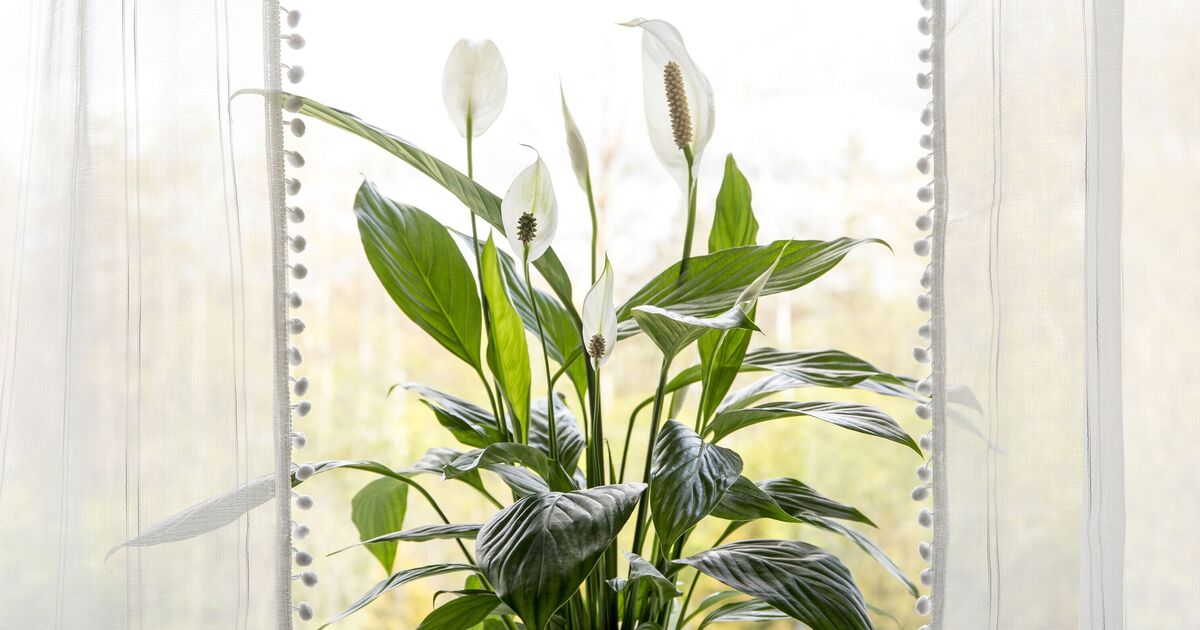Peace lilies are a favourite among houseplant lovers – known for their graceful white blooms and air-purifying abilities. But getting them to flower, and keep flowering, isn’t always as simple as it seems. The good news? An expert says a single care tip could make all the difference.
According to expert florist David Denyer, from Eflorist, the key to extending your peace lily’s flowering period lies in one simple trick: regular deadheading. “With the right care, a peace lily can last five years or more, but the individual flowers can bloom for eight weeks or more with this one trick: deadheading,” Denyer said. “As soon as the bloom starts to fade, trim it off at the base. This encourages the plant to put its energy into producing fresh flowers rather than keeping old ones alive.”
Deadheading acts like a refresh button for your plant, clearing away dying blooms and making room for new growth. It’s an easy task that takes just seconds but can add weeks to your plant’s display.
But if the other conditions aren’t right for the peace lily to flower in the first place, you can forget about deadheading because no flowers have appeared in the first place.
Best conditions for a peace lily houseplant
Peace lilies are tropical natives that thrive in bright, indirect sunlight – too much sun and their leaves scorch, too little and they won’t bloom at all.
Denyer said: “The number one mistake people make with peace lilies is giving them the wrong amount of light.
“If your peace lily has leaves and no blooms, it probably needs a brighter spot — just make sure it’s in indirect light.
“A great location is near an east-facing window where it gets soft morning sun but is shielded from harsh afternoon rays.”
Keeping your peace lily healthy also depends on creating the right indoor environment. Denyer notes that humidity and proper watering are often overlooked.
“Humidity is another major factor,” said Denyer. “Peace lilies are tropical plants, which means dry air can make them struggle.”
He added: “I always recommend misting them regularly or keeping them in naturally humid spaces like bathrooms or kitchens.”
When it comes to watering, overdoing it can be just as harmful as neglect.
Let the top inch of soil dry out before watering, and always drain away excess water to prevent root rot.

